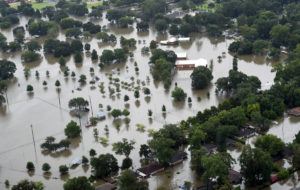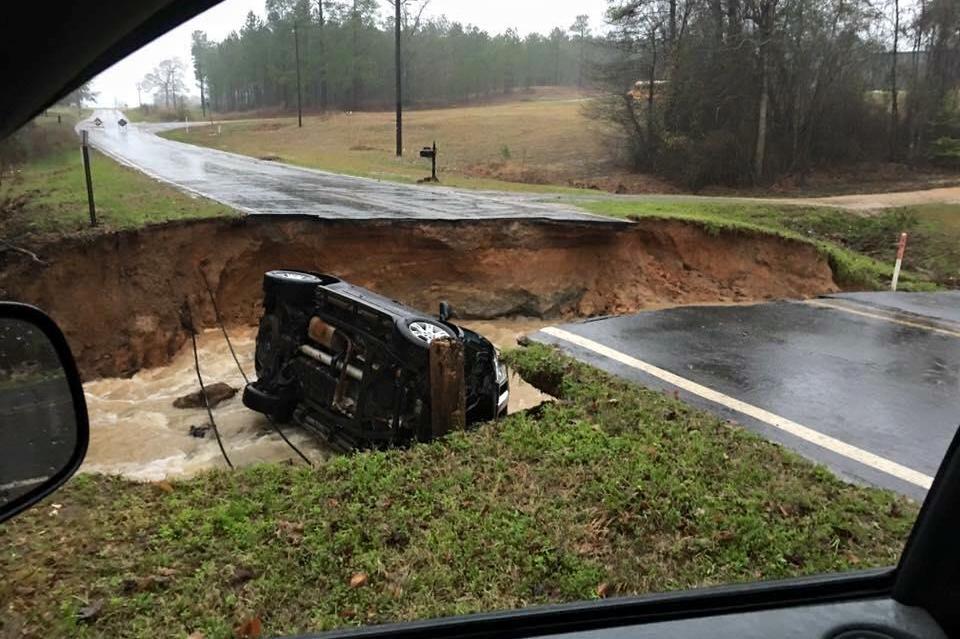The total economic losses of the recent Louisiana floods will be in the range of $10-15 billion, according to Impact Forecasting, Aon Benfield’s catastrophe model development team.
Public and private insured losses were expected to be in the low-digit single billion, due to the regionally low participation in the National Flood Insurance Program (NFIP). More than 80 percent of damaged homes did not have flood insurance.
Impact Forecasting included this forecast its the latest edition of its monthly Global Catastrophe Recap report, which evaluates the impact of the natural disaster events that occurred worldwide during August 2016.

Days of extreme rainfall across parts of the United States Gulf Coast and Midwest caused catastrophic flood damage in several communities during the month of August, killing at least 13 people.
The report also notes the low insurance penetration following the severe magnitude-6.2 earthquake that struck central Italy, killing 296 people and causing catastrophic damage in the hardest-hit towns of Amatrice, Accumoli, Pescara del Tronto, Arquata del Tronto, and Posta.
Total economic damage from that quake is estimated to reach into the billions of dollars; however, given very low insurance penetration, the insured loss portion is expected to be a fraction of the overall cost, Aon said.
“August was an active month for global natural disasters, led by two major catastrophes: historic flooding in Louisiana and a major earthquake in central Italy,” Steve Bowen, Impact Forecasting director and meteorologist, said. “While both these events were multi-billion dollar disasters, unfortunately, the vast majority of the losses are likely to be uninsured, further exposing the reality that certain perils remain vastly underinsured regardless of region. Indeed, as we enter the final third of 2016, roughly 75 percent of the year’s disaster losses have been uninsured.”
Was this article valuable?
Here are more articles you may enjoy.


 ‘Surface Waters’ on Roof Are Not ‘Flood’ Waters, Massachusetts High Court Rules
‘Surface Waters’ on Roof Are Not ‘Flood’ Waters, Massachusetts High Court Rules  AIG Files Amended Suit Against Former Execs, Dellwood Insurance
AIG Files Amended Suit Against Former Execs, Dellwood Insurance  Allstate’s National General Sued by DOJ Over Alleged Force-Placed Insurance ‘Scheme’
Allstate’s National General Sued by DOJ Over Alleged Force-Placed Insurance ‘Scheme’  Allstate, State Farm Sued Over $4 Billion Maui Fire Settlement
Allstate, State Farm Sued Over $4 Billion Maui Fire Settlement 